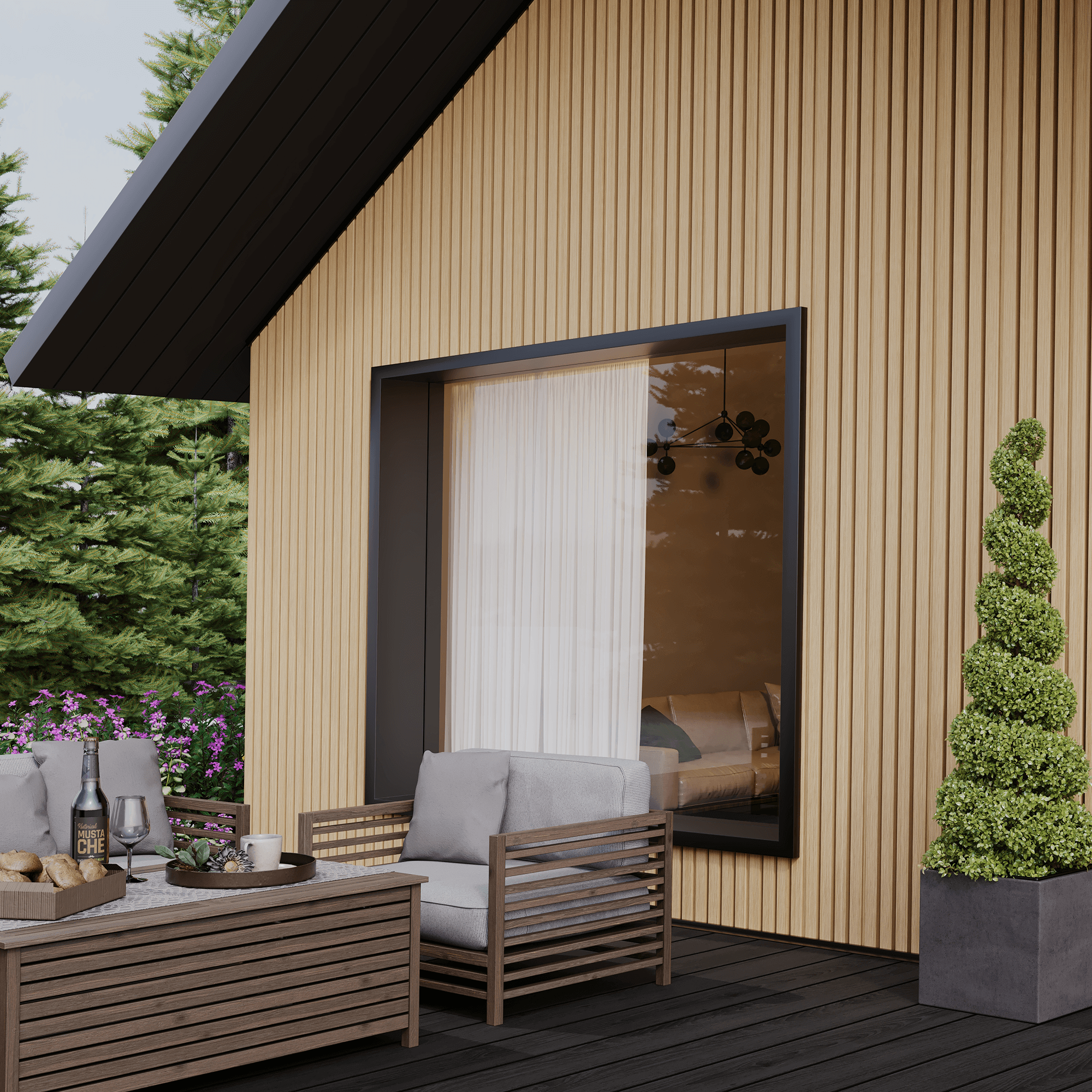
Do You Need Planning Permission for Cladding?
If you’re considering installing cladding on your home or in the garden, you’ve probably asked the question, ‘Do you need
Products in Stock
Lowest Prices
Express Delivery
10-Year Warranty
December Sale. Up To 15% Off.
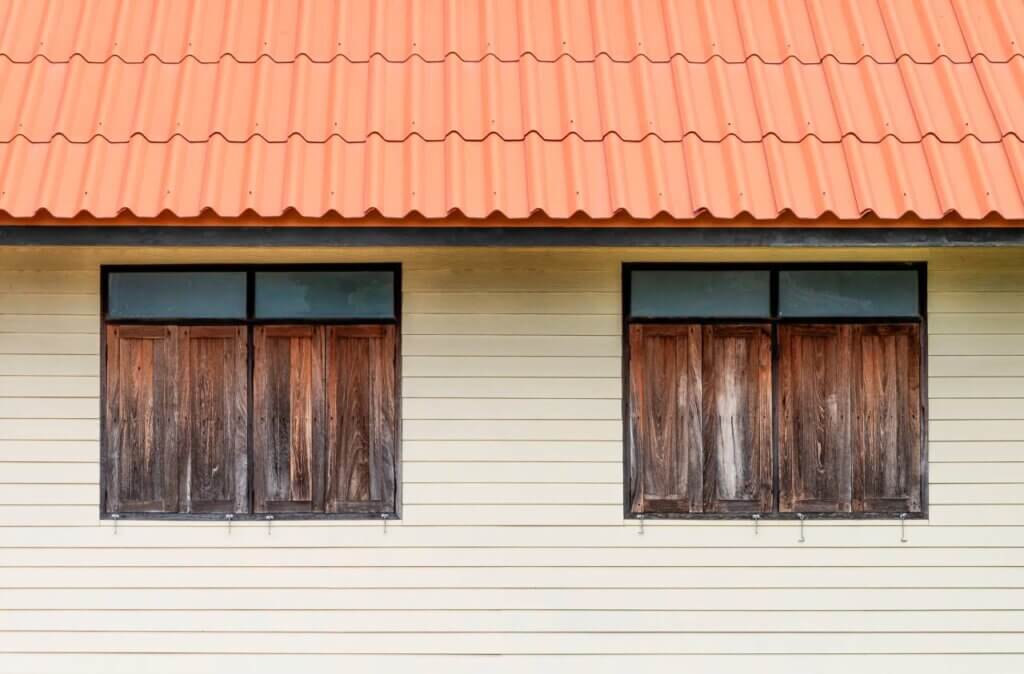
If you’re looking to refresh the exterior of your home, you might be wondering: can cladding be painted? The short answer is yes, in many cases. However, the process isn’t always straightforward. Different types of cladding require different approaches, and some are more suitable for painting than others. In this guide, we’ll explore the paintability of various cladding materials, providing you with the information you need to make an informed decision about updating your home’s exterior.
Not all cladding is created equal when it comes to painting. Let’s examine the most common types and their characteristics.
Composite cladding has become increasingly popular in recent years, and for good reason.
Composite cladding is made from a mixture of wood fibres and plastic. It’s known for its durability, low maintenance, and resistance to rot and insects. If you’re considering this option, you can order high quality composite cladding in the UK from us at Dino Decking, or request a sample delivered free to your home.
Generally, composite cladding doesn’t require painting as it comes in a variety of colours and maintains its appearance for many years. However, if you do wish to change its colour, it is possible to paint some types of composite cladding.
If you decide to paint composite cladding, thorough cleaning and priming are essential. Use a paint specifically designed for composite materials for the best results.
Vinyl cladding is another popular choice for UK homes.
Vinyl cladding is lightweight, affordable, and resistant to moisture. It typically comes in a limited range of colours.
Yes, vinyl cladding can be painted, but it requires specific preparation and paint types.
Clean the cladding thoroughly and use a paint formulated for vinyl surfaces. Avoid dark colours as they can cause the cladding to warp due to heat absorption.
Wood cladding offers a traditional, natural look.
Wood cladding is versatile and can be painted or stained. It requires regular maintenance to prevent rot and insect damage.
Yes, wood cladding is one of the easiest types to paint.
Sand the surface, apply a wood primer, and use exterior-grade paint for the best results. Regular repainting may be necessary to maintain its appearance.
Metal cladding, often aluminium or steel, is durable and modern-looking.
Metal cladding is strong, fire-resistant, and long-lasting. It often comes with a factory-applied finish.
Yes, metal cladding can be painted, but it requires specific preparation and paint types.
Clean thoroughly, use a metal primer, and apply a paint designed for metal surfaces. Proper preparation is key to prevent peeling and ensure adhesion.
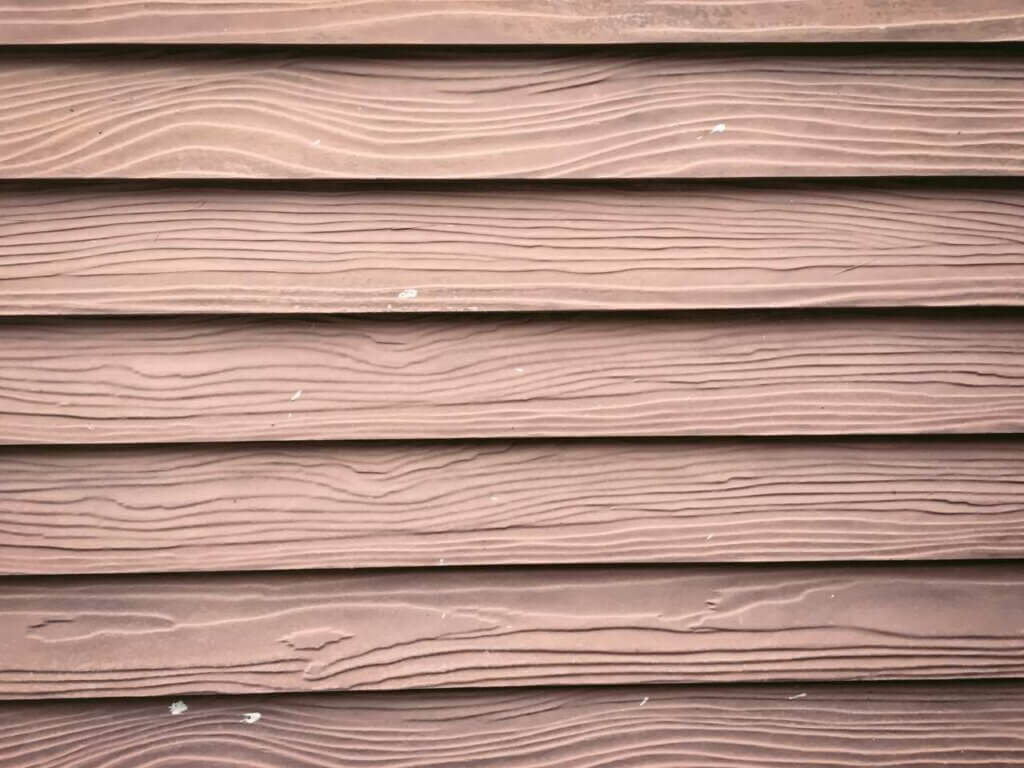
Regardless of the type of cladding, there are some general tips to keep in mind when painting.
Proper preparation is critical for a successful paint job. This includes thorough cleaning, repairing any damage, and in most cases, applying a primer.
Always use paint that’s suitable for exterior use and compatible with your cladding material. Consider factors like UV resistance and flexibility.
Use even strokes and multiple thin coats rather than one thick coat. This approach provides better coverage and a more durable finish.
Painting cladding can present some challenges. Here are a few common issues and how to address them:
These problems often result from poor preparation or using the wrong type of paint. Ensure proper cleaning and priming, and use high-quality, suitable paint.
Fading is common, especially with darker colours. Use UV-resistant paints and consider lighter colours for longer-lasting results.
Painted cladding will require maintenance to keep it looking its best. Regular cleaning and touch-ups can extend the life of your paint job. The frequency of repainting will depend on the type of cladding and the quality of the initial paint job.
Painting your cladding can be an effective way to update your home’s exterior. However, it’s important to consider whether painting is the best option for your specific type of cladding. In some cases, particularly with composite cladding, replacement might be a more cost-effective long-term solution.
Before making a decision, it’s worth reviewing our guide to choosing cladding. This resource can help you understand the pros and cons of different cladding types, including their maintenance requirements and longevity.
Remember, while painting cladding is often possible, it’s not always advisable. Consider factors like the current condition of your cladding, the desired outcome, and the long-term maintenance implications. If you’re unsure, consulting with a professional can help you make the best decision for your home.
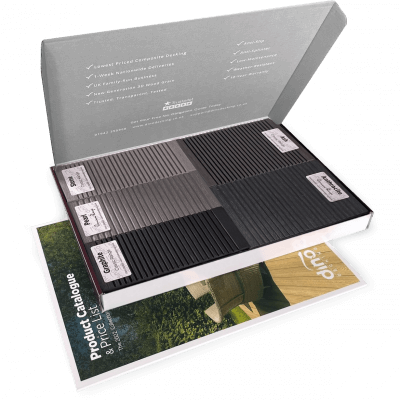
Our sample pack contains a sample piece of each colour currently available. Order your free sample pack today to compare the colours and get a true feeling of the Dino Decking range!

If you’re considering installing cladding on your home or in the garden, you’ve probably asked the question, ‘Do you need
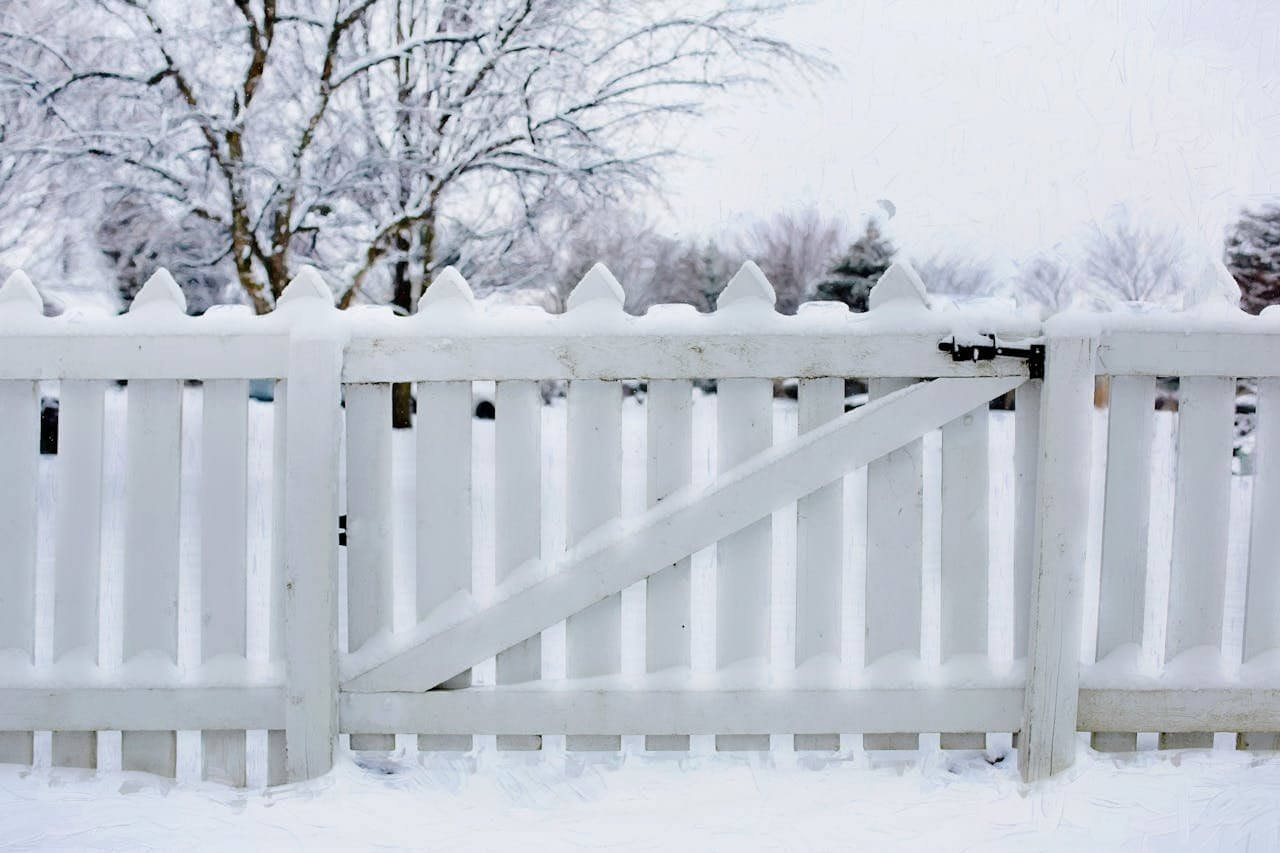
If you’re looking to go all out this festive season, you might be looking for some fantastic Christmas garden ideas